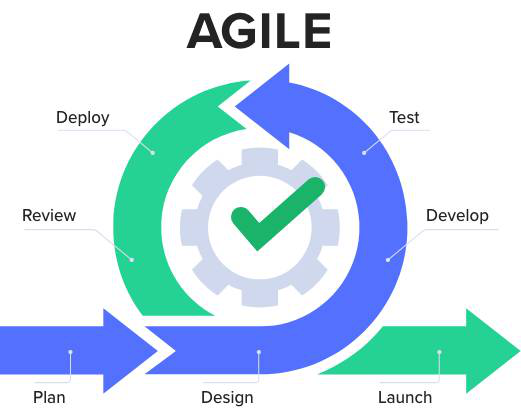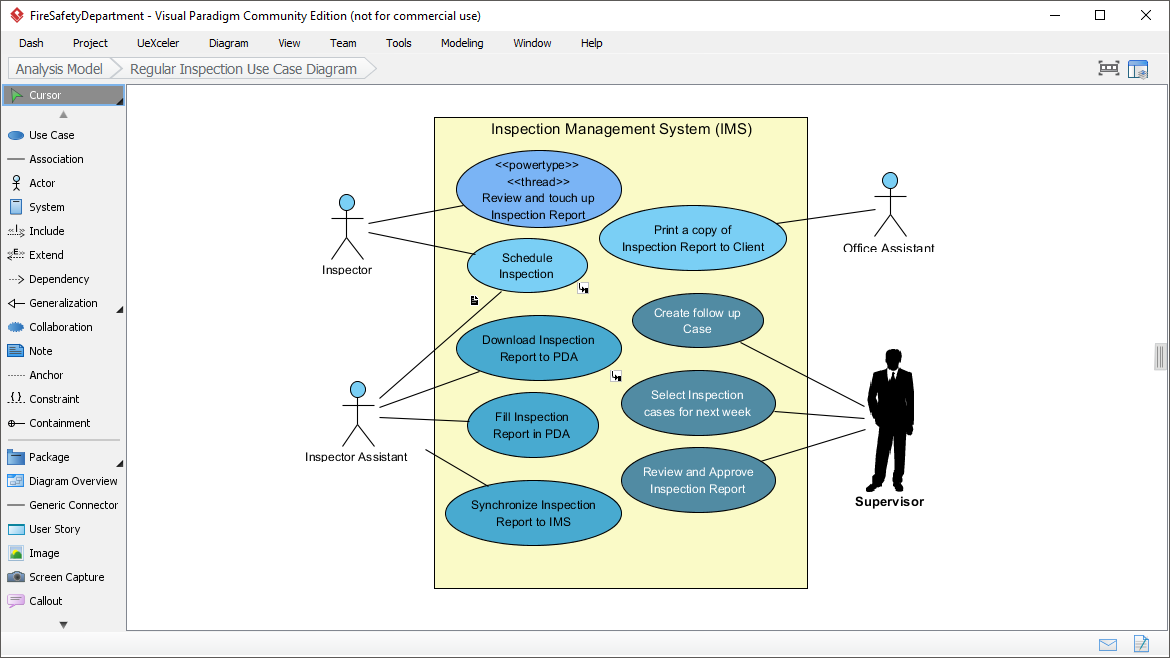Unveiling Yourdon DeMarco DFD: Streamline Your Diagramming with Visual Paradigm
Introduction: Yourdon DeMarco Data Flow Diagrams (DFDs) serve as powerful visual tools in system analysis and design, allowing professionals to depict the flow of data within a system. These diagrams help in understanding, analyzing, and designing information systems efficiently. In this article, we'll delve into the essence of Yourdon DeMarco DFD and explore how Visual Paradigm's DFD tool empowers users to create clear and professional diagrams effortlessly. Understanding Yourdon DeMarco DFD: Yourdon DeMarco DFD is a notation method named after software engineering experts Edward Yourdon and Tom DeMarco. It provides a standardized way…continue reading →



